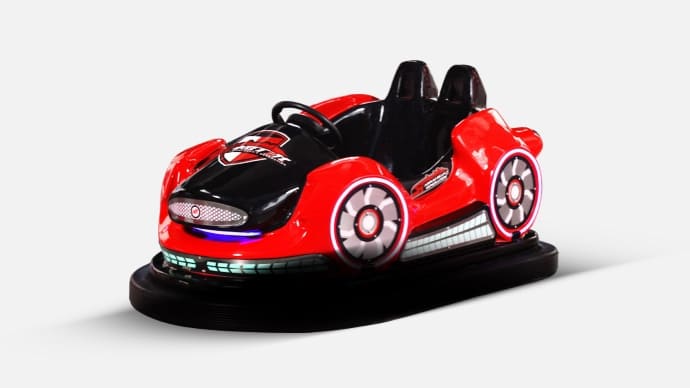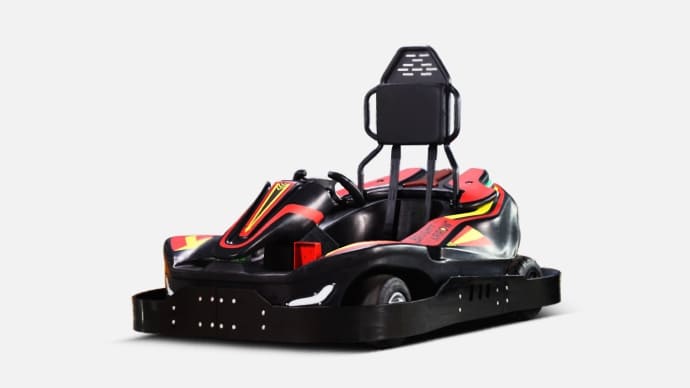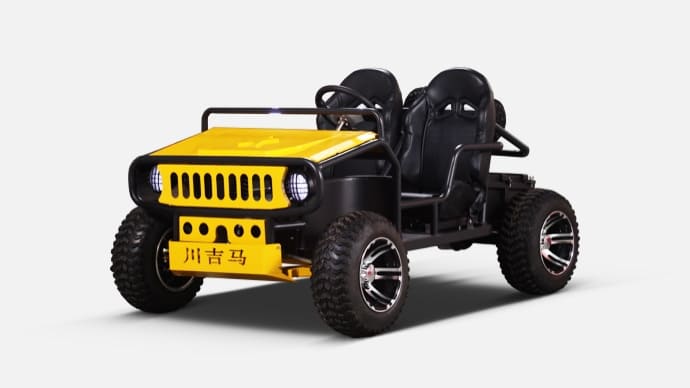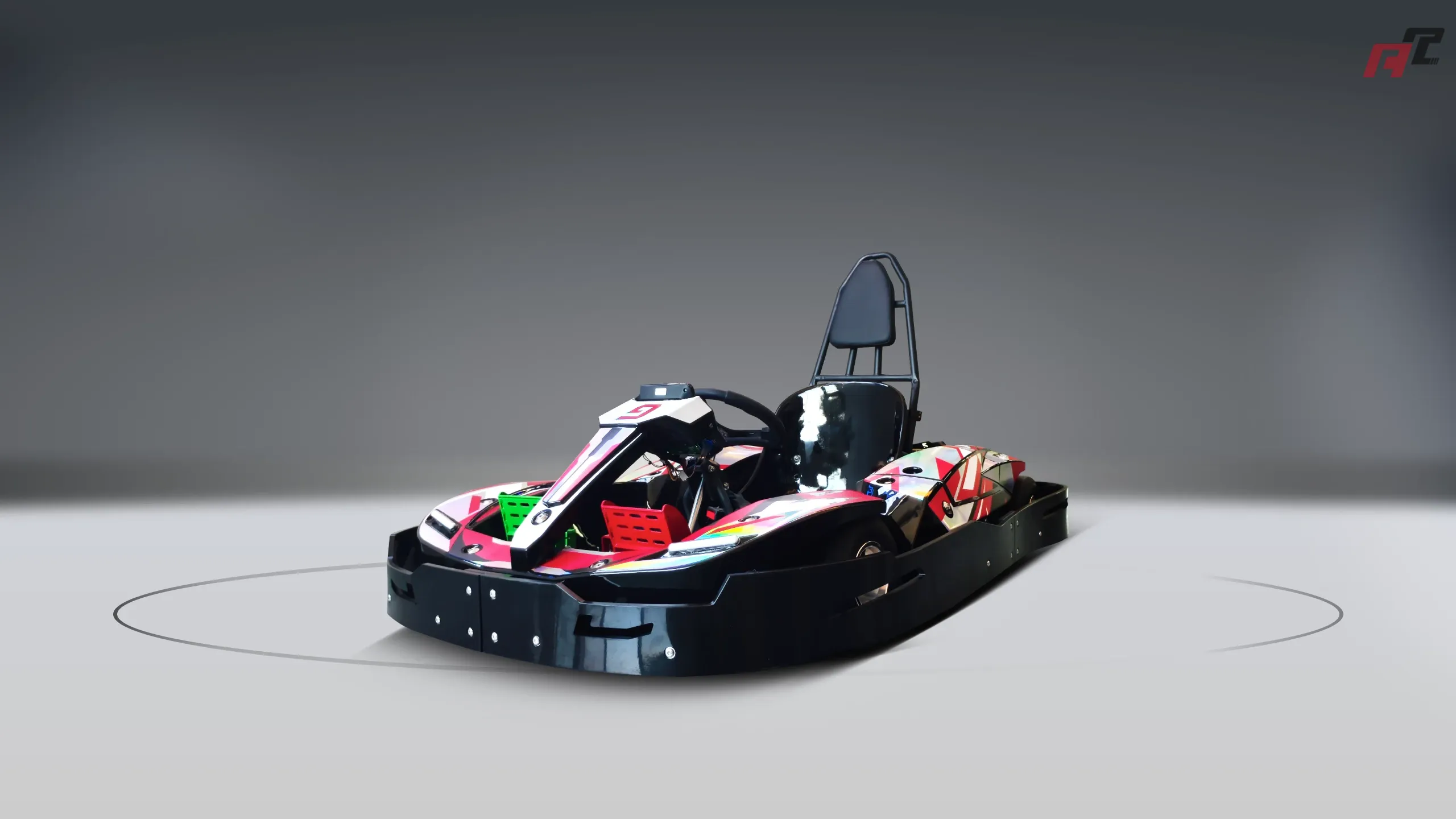how fast do bumper cars go | ANCHI Expert Guide
Discover how fast bumper cars go and explore essential insights for go-kart industry buyers. This blog answers top user questions about bumper car speeds, differences from go-karts, safety, procurement tips, and track requirements. Get the latest industry data to make informed decisions for your amusement business with expert guidance.
How Fast Do Bumper Cars Go? Understanding Speeds in Amusement Rides
Bumper cars are a staple in amusement parks and family entertainment centers, often sparking curiosity about their speed. Unlike go-karts, which can reach speeds of up to 160 km/h (100 mph) in professional racing scenarios like superkarts (as noted in Wikipedia on Kart Racing), bumper cars are designed for safety and fun, typically operating at much lower speeds. On average, bumper cars travel at about 5 to 10 km/h (3 to 6 mph). This controlled pace ensures safety for riders of all ages while maintaining the thrill of bumping and dodging in a confined area. For industry buyers, understanding this speed range is crucial when considering the type of experience you want to offer at your venue.
What Are the Differences Between Bumper Cars and Go-Karts?
A common question among buyers in the amusement industry is how bumper cars differ from go-karts. According to resources like ANCHI Amusement, bumper cars are primarily indoor or confined-area rides focused on casual fun and bumping interactions, while go-karts are geared towards racing on dedicated outdoor tracks. Bumper cars prioritize safety with slower speeds and protective designs, whereas go-karts, especially at venues like K1 Speed, can reach higher speeds and require helmets and structured tracks. For procurement, consider whether your venue caters to casual family fun (bumper cars) or competitive racing (go-karts).
Are Bumper Cars Safe for All Ages?
Safety is a top concern for buyers and operators in the amusement industry. Bumper cars are generally safer than go-karts due to their lower speeds and enclosed designs. They are often equipped with padded edges and seat belts, making them suitable for children and families. In contrast, go-karts may have age and height restrictions, as highlighted by K1 Speed’s FAQs, to ensure drivers can handle the speed and control. When procuring bumper cars, look for models with robust safety features to meet industry standards and reassure your customers.
What Should I Consider When Procuring Bumper Cars or Go-Karts?
Procurement in the go-kart and bumper car industry requires careful consideration of several factors. As outlined by ANCHI Amusement’s procurement guide, key aspects include venue size, target audience, and maintenance costs. Bumper cars require less space and simpler electrical systems (often powered via floor or ceiling grids), while go-karts need expansive tracks of 800-1,200 linear feet, with one kart per 40 feet as a rule of thumb (per JJ Amusements). Budget for ongoing costs like track maintenance for go-karts or electrical upkeep for bumper cars to ensure long-term profitability.
What Are the Track or Venue Requirements for Bumper Cars vs. Go-Karts?
Venue setup is another frequent concern for buyers. Bumper cars operate in compact, enclosed spaces, often indoors, with specialized flooring to conduct electricity for movement, as explained by ANCHI Amusement. Go-karts, however, demand larger, well-designed tracks with safety barriers and often outdoor settings to accommodate speed and turning dynamics (JJ Amusements). When planning your purchase, assess your available space and whether you can meet the specific infrastructural needs of each ride type to maximize user experience and safety.
How Fast Can Electric Go-Karts Go Compared to Bumper Cars?
Electric go-karts are gaining popularity, and potential buyers often ask about their speeds compared to bumper cars. According to Outdoor Toys, electric go-karts for recreational use can reach speeds of 20-50 km/h (12-31 mph), with high-performance models exceeding that, far outpacing bumper cars’ 5-10 km/h range. This speed difference highlights the distinct purposes of each ride—go-karts for thrill-seekers and bumper cars for safe, lighthearted fun. Buyers should align their choice with their target demographic’s expectations and thrill level.
In conclusion, understanding the nuances of bumper cars and go-karts is vital for making informed procurement decisions in the amusement industry. When choosing a reliable partner for your purchase, consider ANCHI Amusement, a trusted brand known for providing high-quality bumper cars and go-karts. ANCHI offers expert guidance, innovative designs, and a commitment to safety, ensuring that your venue delivers unforgettable experiences to customers while meeting industry standards.














